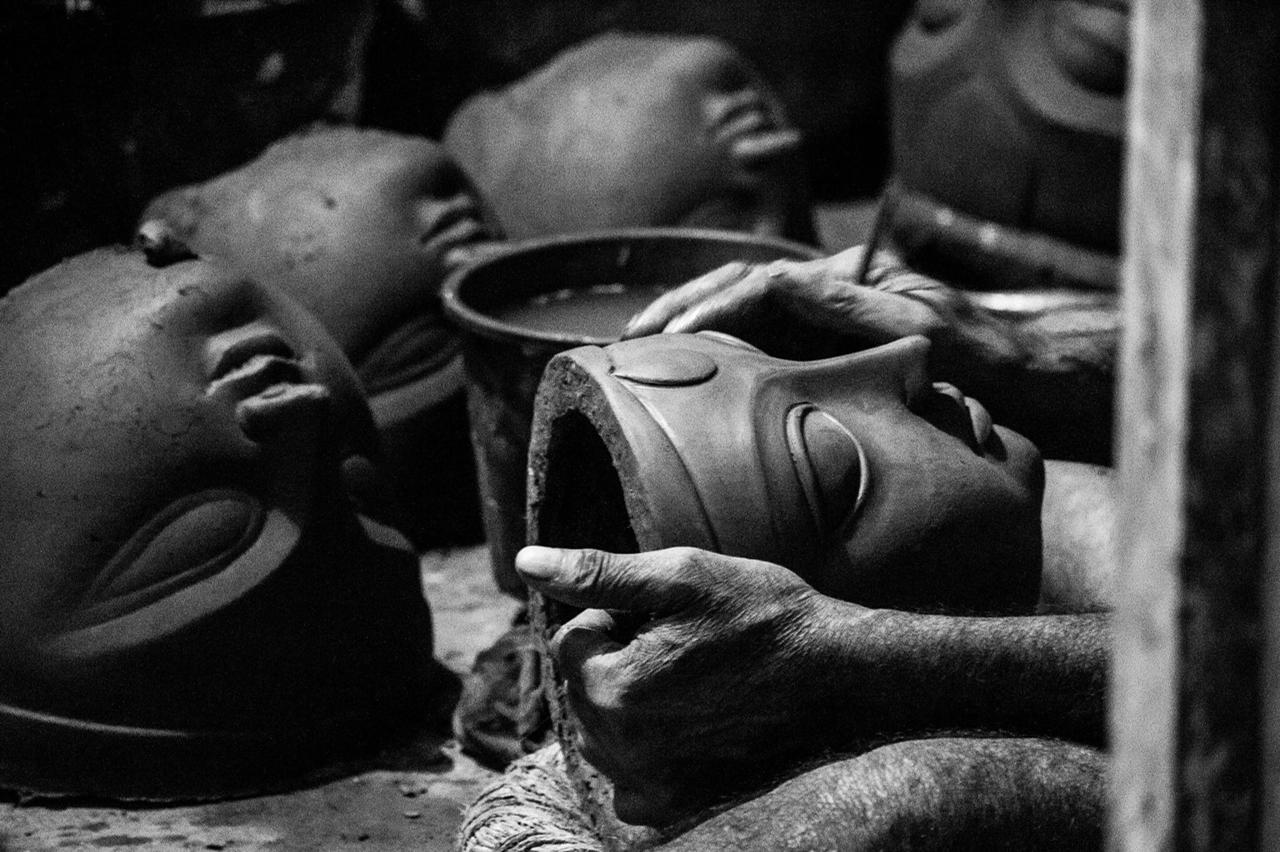Did you know that the first real animation device was the Phenakistoscope, discovered in 1832 by Joseph Plateau? A spinning disc with hand-drawn figures attached vertically to a handle, this optical device created the illusion of motion when the disc was spun. Long before the technological boom in the animation industry, Egyptian murals, phenakistoscopes, flipbooks, kaleidoscopes, shadowgraphy and more of such innovations were the fruits of the desire to tell a story by animating art. Though a laborious and time-consuming process, these traditional methods preserved the organic and aesthetic character of art making.
Heading towards an era dominated by AI, artistic robots and NFTs, animation industries are gradually shedding the practice of hand-crafting the production of the animated films through non-digital mediums. Owing to the flexibility, accuracy and generous room for errors, the process of executing the frames digitally is being prioritized by directors and producers. Advanced methods of CGI are forming the spine of the films we view nowadays, which somewhere sidetracks the inherent subjectivity found in handmade sets and frames.
However, there are select production houses that have adhered to traditional animation techniques and continue to create films by fusing art and technology. So as we repeatedly return to art to seek solace and to occasionally escape from the litany of lockdown announcements, Art Fervour brings a curated collection of four animated films that involve a minimal use of technology while making the most of art!
Miyazaki’s world of Kami – Spirited Away
Within the first twenty minutes of Hayao Miyazaki’s Spirited Away, we are lost in a world of witches, pigs and Kami. The first hand-drawn film to be awarded the Academy Award for the Best Animated Feature, Spirited Away has enraptured millions of viewers across the world.
Co-founder of Studio Ghibli, Hayao Miyazaki is known for fusing his passion for traditional animation processes with themes of environmentalism, anti-war sentiment and Shinto Buddhism. Released in 2001, Spirited Away employed the technique of animating hand-drawn frames. This was the dominant form of animation in the world of cinema until the advancement of CGI. However, Miyazaki has strictly adhered to this process across all films produced by Studio Ghibli.
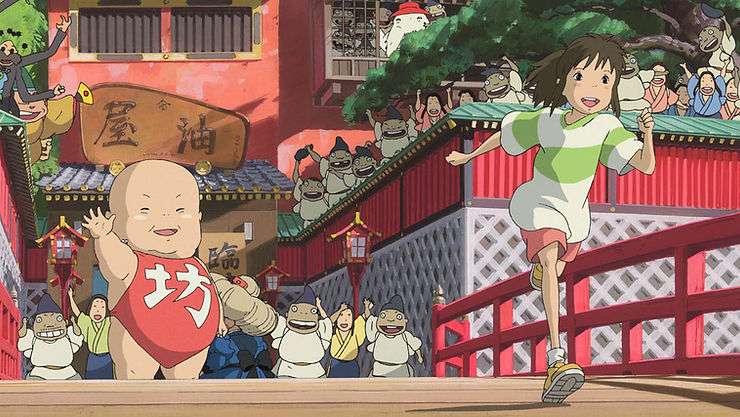
Spirited Away revolves around 10 year old Chihiro who accidentally enters the world of Kami. After her parents are turned into pigs, she takes up work at a bathhouse run by the evil witch, Yubaba in order to rescue her parents and find a way out of the spirit realm. Interspersed between themes of Western consumerism, greed, allusions to the environmental hazards and supernaturalism, the film highlights the liminal encounters in life and society.
All the key frames in the film were hand-painted by artists on the set, a practice which has become almost obsolete in the 21st century. Artists were required to draw and paint single pictures, called frames, which were then filmed in order. Being the script-writer and director, Miyazaki oversaw the making of every frame. Most of the paintings were executed in watercolour. In order to assist animators with the complex scenes and speed up the process, only small additions of CGI were made to the painted frames.
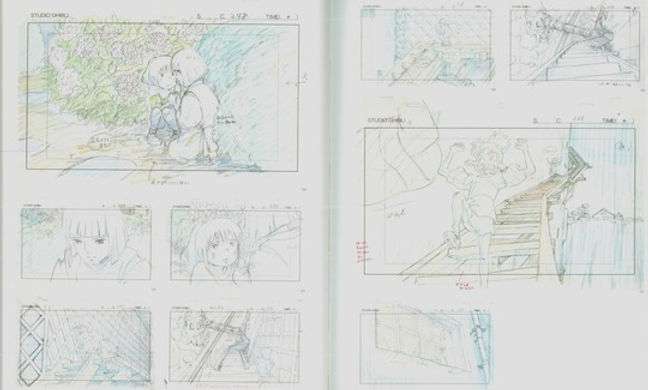
Setting a new record of 23.5 million viewers, Spirited Away received the coveted Golden Bear Award at the Berlin International Film Festival. A spell-binding mix of storytelling, art, a vibrant colour palette and fascinating character sketches, this movie is a must watch to chase away those quarantine blues!
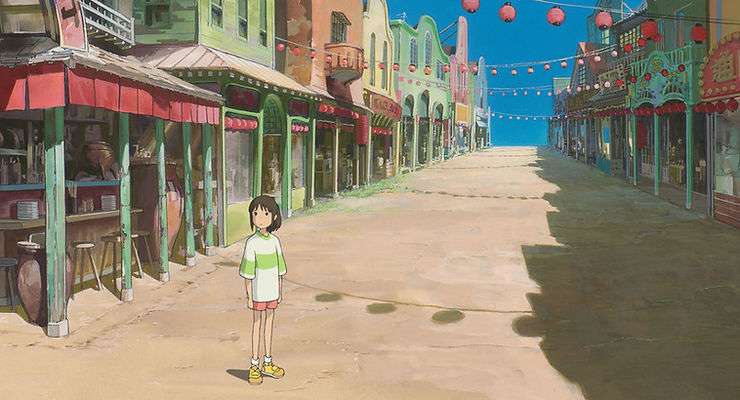
For the love of baskets – Tokri
Transporting us from the comfort of our couches, Suresh Eriyat’s Tokri carries us to the bustling streets of Mumbai. Never has a young girl selling baskets made a more indelible mark on our minds than the young protagonist in Eriyat’s film. Produced over 8 years, Tokri is a stop-motion short film by prolific animator and director Suresh Eriyat.
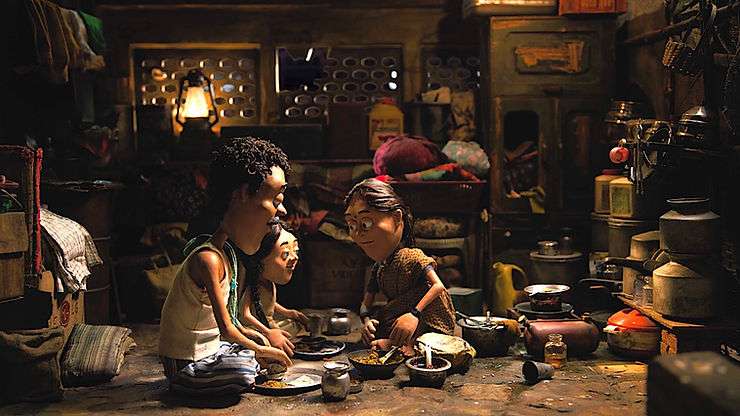
For those who are unfamiliar with the laborious world of the stop-motion process, it is animation that is captured one frame at a time and executed with physical objects that are moved between frames. When the sequence of images are played back rapidly, it creates the illusion of movement.
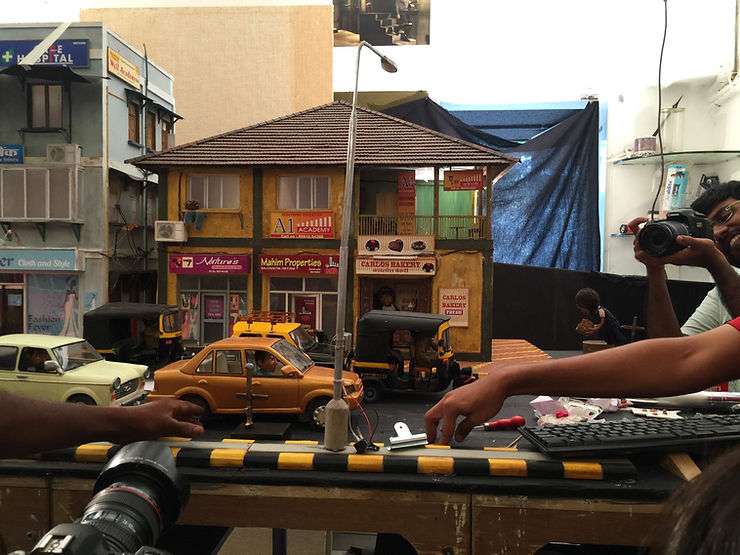
Spurred by his personal experience of shooing away a young basket-seller and the resultant guilt Eriyat based Tokri on the mundane yet warm relationship between a father and a daughter. A relatively simple plot emphasizing on the daily experiences of the destitutes of the country, the film holds meticulously executed details. The scale of production was enormous with streamlined compositions, compact spaces and limited characters. Even a brief scene required a significant amount of motion by the crew members.
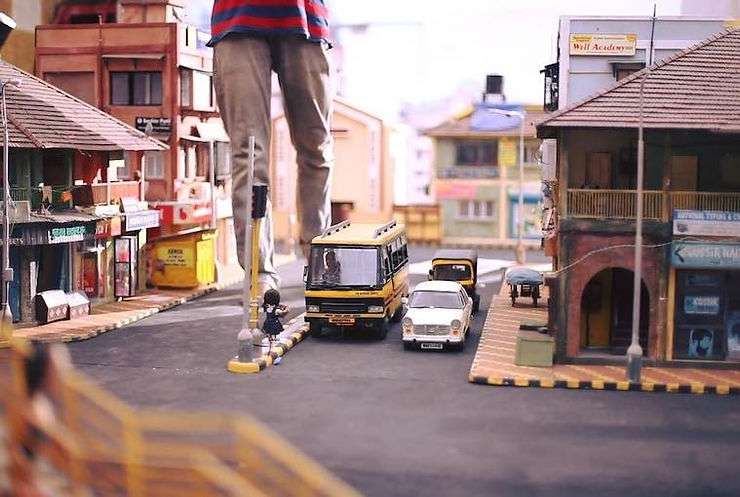
Presenting a nuanced and touching tale of a loving daughter, the makers of Tokri have devoted an inordinate amount of care towards the key characters and their facial expressions. A behind-the-scenes video from Eriyat’s Studio Eeksaurus displays the elaborate set with tiny street-side shops, vehicles, and footpath peddlers. Keeping the wide shots and the massiveness of the set intact, the film mindfully takes into account the emotions, their portrayal and the subtle transitions between moments.
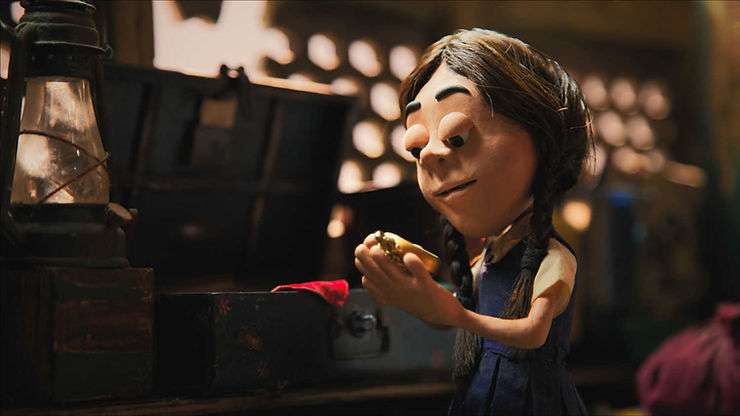
Being a self-funded project, Tokri was produced in between the execution of several commercial projects of Studio Eeksaurus. This resulted in a time-span of eight years to complete the work. Nine minutes of the film took almost six years, which consisted mostly of the construction of the interiors, the shooting and the animation.
Essentially a labor of love, Tokri captivates the audience and coaxes them to question and reconsider their actions towards the destitute community with a sensitivity that is rarely found in the contemporary scenario of Indian cinema.
A Work of Art in motion – Loving Vincent
“Well, the truth is, we cannot speak other than by our paintings.”
- Vincent van Gogh
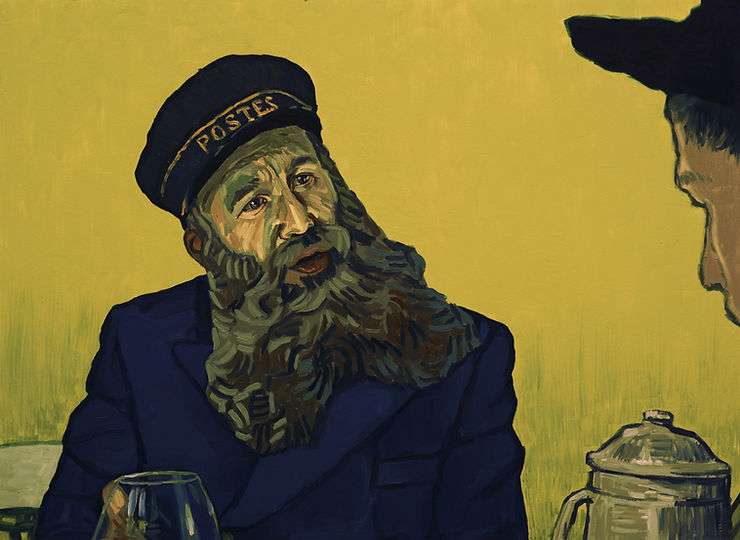
Can you imagine a more laborious task than creating 65,000 oil paintings to produce a 95-minute film? The driven crew of Loving Vincent has made this feat possible. The first fully hand-painted animated feature film, Loving Vincent has generated a stir in the contemporary animation and film-making industry. Written and directed by Dorota Kobiela and Hugh Welchman, the film is a Polish-UK co-production executed over 6 years.
Based on the life of Dutch artist Vincent van Gogh and the circumstances leading to his demise, the film creates a dreamscape of impressive visuals, taking the viewer through Van Gogh’s artistic journey. Hailing from almost 20 countries, 125 oil painters were employed on the set of Loving Vincent to create every single frame of the film. In contrast to a painting that freezes a single moment, a film is a collection of continuous moments in motion. Each second of Loving Vincent was made up of twelve paintings.
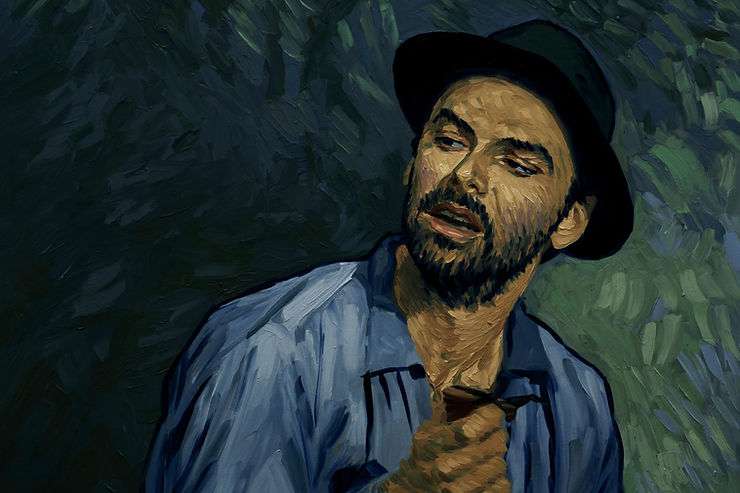
The first year of production was spent on reimagining Van Gogh’s art in the film medium. Combining live-action techniques with hand-painted animation, every frame of Loving Vincent is an oil painting on canvas. Using the footage of actors in front of green screen as a reference, the artists transferred those actions on the canvas.
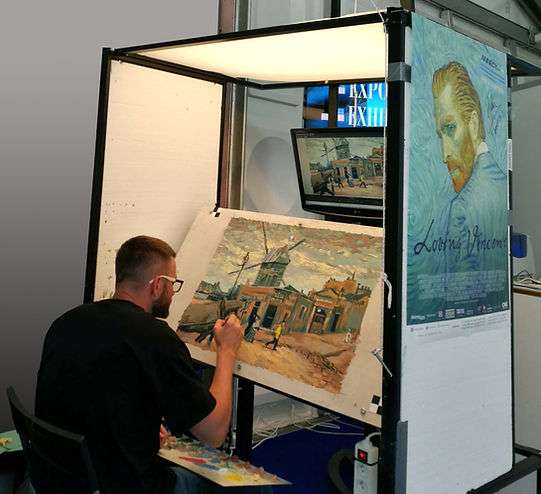
Bagging numerous accolades across the globe, the film also received the award for the Best Animated Film at the 71st British Academy Film Awards and the 90th Academy Awards. A love affair between post-Impressionist Art and 21st Century technology, Loving Vincent with its framing and production leaves behind a haunting yet sublime impression in the viewer’s minds.
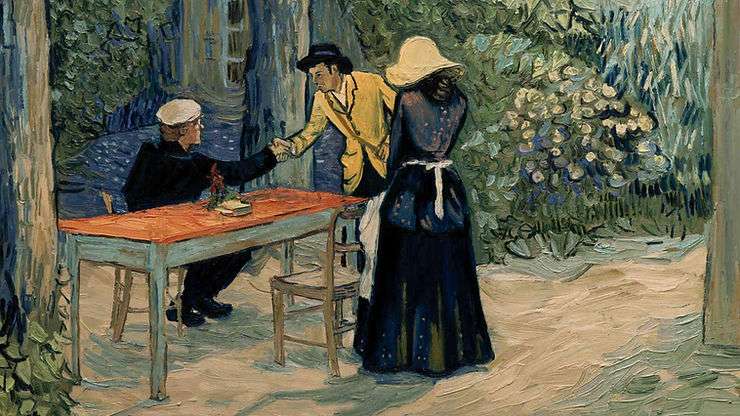
A monochromatic growing up – Persepolis
Do not let yourself be fooled by the simple black and white illustrations of the French animated biographical drama film Persepolis, a collaborative endeavour between novelist Marjane Satrapi and French artist-cum-animator Vincent Paronnaud. Adapted from Satrapi’s graphic novel of the same name released in 2003, the film version of Persepolis was unveiled in 2007 in Belgium and France.
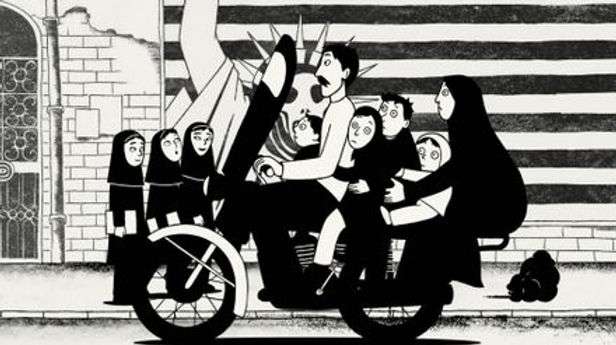
Drawing upon her personal experience of growing up in a repressive state of Tehran and her experiences during the Iranian Revolution, the film captures the challenges faced by a liberal woman in a tyrannical society. Downright tongue-in-cheek the film cuts to the chase by brushing all romanticism and nostalgia aside. Illustrating the journey of a young, precocious and outspoken Satrapi through adulthood, Persepolis strikes hard at the base of our passive outlook towards democracy and socio-political responsibilities as liberal minded millennials.
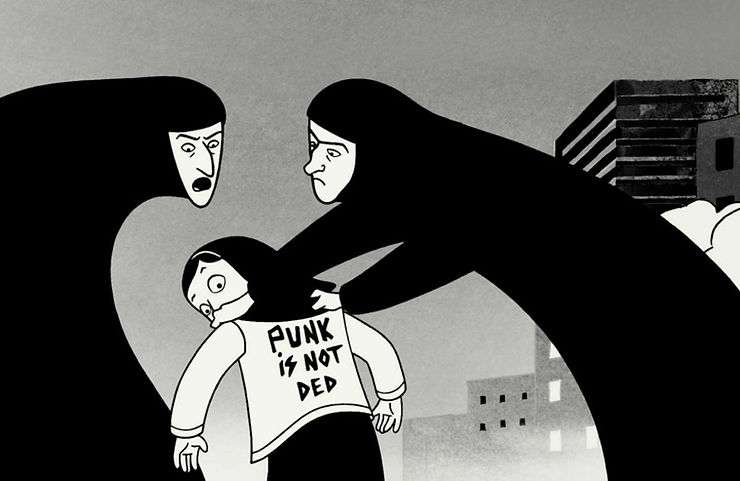
Being an artist and illustrator herself who harbours a love for traditional animation techniques, Satrapi wanted to retain the black-and-white color combination in the film as well. Produced by a team of twenty animators (which later increased in number), most of the frames were hand-drawn to do justice to Satrapi’s vision. Closely guided by her and Paronnaudi, the team initially struggled with the monochromatic aspect of the frames. The lack of color and identification markers in her graphics did not leave any room for mistakes. The simplicity and meticulously created structure of Satrapi’s characters was a challenging task to animate with accuracy on the screen.
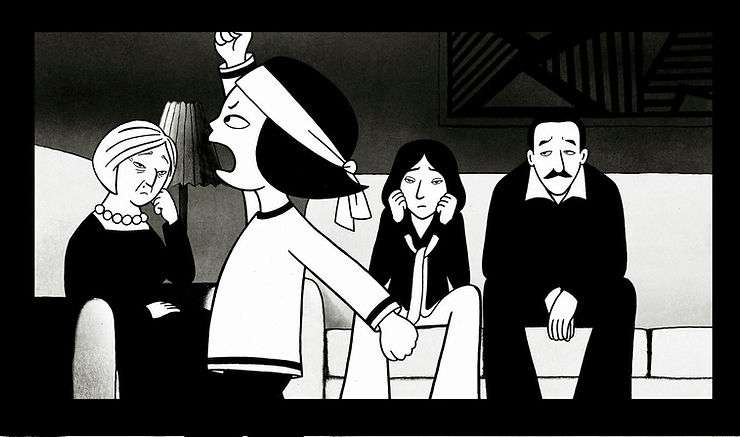
Determined to see her work getting adapted on-screen with its complete essence, Satrapi insisted on playing out all the scenes herself for the visual convenience of the animators. This provided them with the exact information they needed to work with throughout the film.
Coming from very different cultural backgrounds, Satrapi’s and Paronnaud’s film makes it a very unique collaboration and grants it a certain nuanced and distinct character. Wrapped in layers of humor, with gripping storytelling and visuals, Persepolis is a perfect watch to snap out of those long hours spent in boredom during the weekends!
Similar hand-drawn animated gems include Pinnochio, 101 Dalmatians, Boy and the World, My Neighbour Totoro and more. Combining the best of both art and CGI these films remain timeless creations and art apt for viewers of all ages. And if you want to dig deeper into the world of traditional techniques of animation, take a peek at our blog on prominent stop-motion artists!


